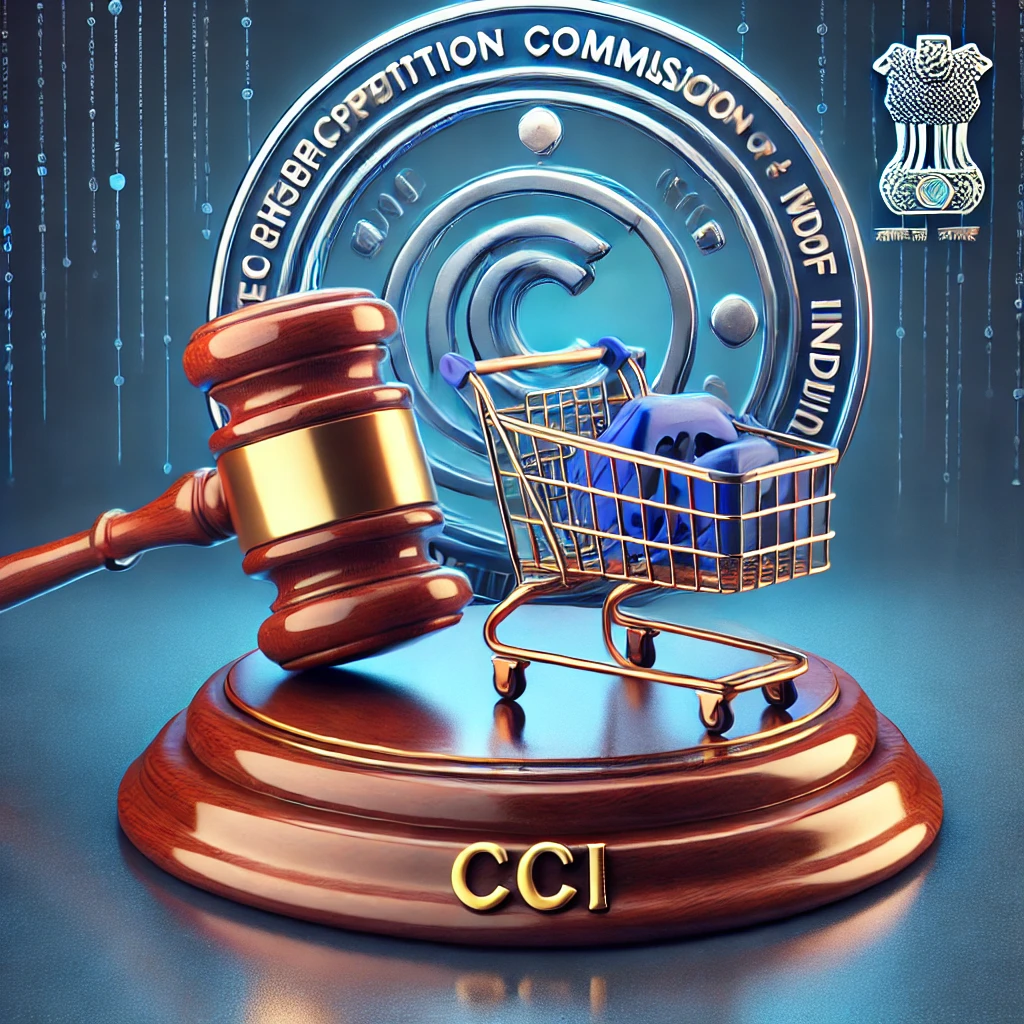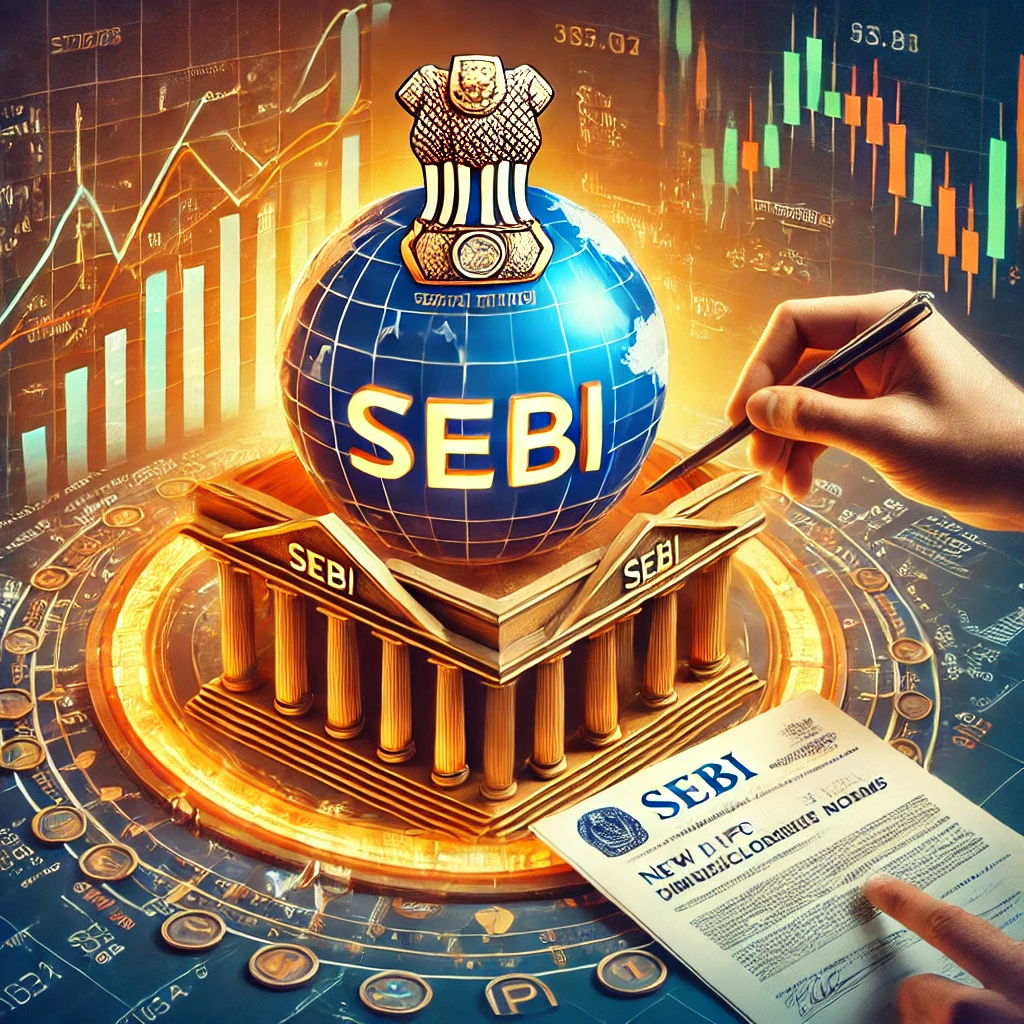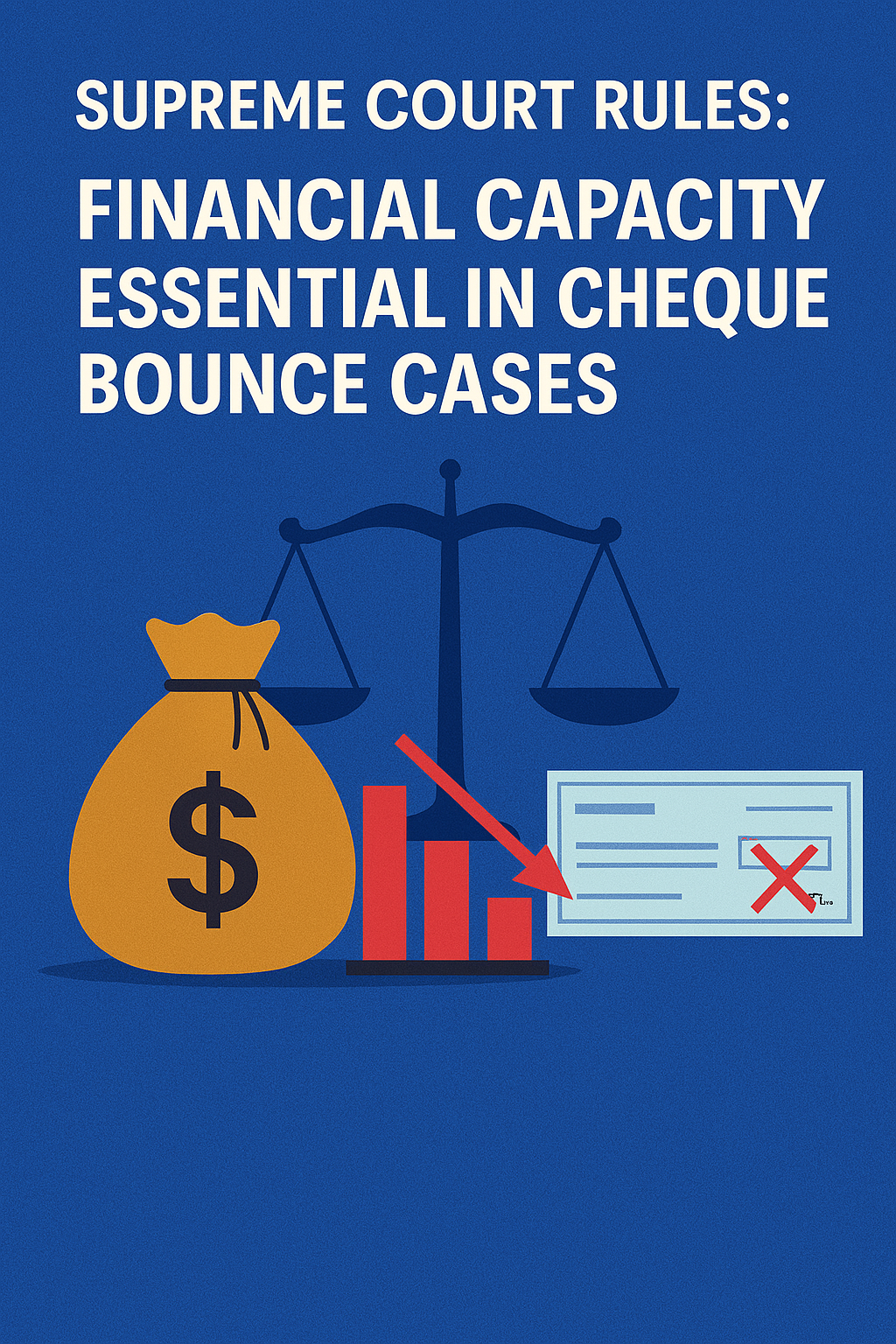Indian Equity Exchange: Navigating the Dynamics of the Stock Market
Indian Equity Exchange: Navigating the Dynamics of the Stock Market
1. Introduction to Indian Equity Markets
Equity Market refers to the market where shares of companies (equity stocks) are issued and traded.
In India, equity exchanges provide platforms for buying and selling shares of publicly listed companies.
Key exchanges:
Bombay Stock Exchange (BSE) — Asia’s oldest stock exchange.
National Stock Exchange (NSE) — India’s largest by trading volume.
2. Key Components of the Indian Equity Market
a) Stock Exchanges
Regulated marketplaces for equity trading.
Facilitate price discovery through supply and demand.
Provide transparency and liquidity.
b) Investors
Retail investors, institutional investors (mutual funds, insurance companies), Foreign Institutional Investors (FIIs), and domestic financial institutions.
c) Listed Companies
Companies that have gone public through Initial Public Offerings (IPO).
Must comply with regulatory norms by SEBI (Securities and Exchange Board of India).
3. Regulatory Framework
The Securities and Exchange Board of India (SEBI) is the key regulatory authority.
SEBI protects investor interests, promotes fair trading, and regulates intermediaries.
Regulations include disclosure requirements, insider trading laws, and market conduct rules.
4. Trading Mechanism
Trades are executed electronically on NSE and BSE via a screen-based trading system.
Trading hours generally: 9:15 AM to 3:30 PM (Monday to Friday).
Orders placed via brokers; can be market orders or limit orders.
5. Market Indices
Sensex (BSE Sensex): A 30-stock index representing the performance of 30 well-established companies listed on BSE.
Nifty 50 (NSE): A 50-stock index representing the weighted average of 50 top companies listed on NSE.
Indices indicate overall market health and investor sentiment.
6. Types of Equity Instruments
Common Shares: Voting rights, dividends.
Preferred Shares: Priority dividends but limited/no voting rights.
Derivatives: Futures and options linked to stocks for hedging or speculation.
7. Investment Strategies in the Indian Equity Market
Long-term investing: Focus on fundamental analysis of companies.
Trading: Short-term buying and selling based on technical analysis.
Diversification: Investing across sectors to mitigate risk.
Mutual Funds & ETFs: Pool investments to reduce individual risk.
8. Risks in Equity Markets
Market Risk: Price volatility influenced by economic, political factors.
Liquidity Risk: Difficulty in selling shares without loss.
Regulatory Risk: Changes in laws affecting companies or markets.
Corporate Governance Risk: Issues arising from company management.
9. Recent Trends and Developments
Increased participation of retail investors via digital platforms.
Rise of algorithmic and high-frequency trading.
Growing importance of ESG (Environmental, Social, and Governance) investing.
Expansion of derivatives trading and introduction of new financial products.
10. Case Example: The Impact of Demonetization (2016)
Sudden cash crunch initially affected investor participation.
Push towards digital and transparent transactions accelerated.
SEBI introduced stricter KYC norms improving market integrity.
Conclusion
Navigating the Indian equity exchange requires understanding market structure, regulatory frameworks, investment strategies, and risk management. With a growing economy and increasing investor base, the Indian stock market continues to be a dynamic platform offering opportunities and challenges.




























0 comments